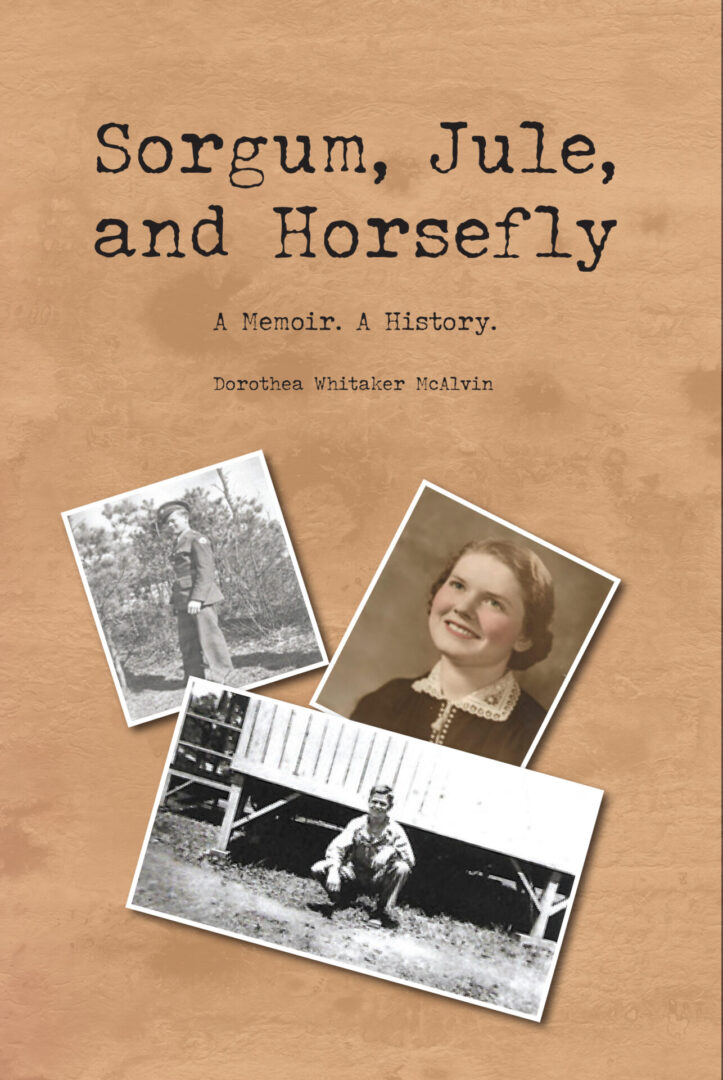Sorgum, Jule, and Horsefly grew to adulthood in rural Georgia during the Great Depression, and the two brothers served in World War II. This account includes the hard things in their lives: the poverty they shared with everybody they knew; gruesome battle scenes; and aching personal loss in the deaths of a mother and a sister. But there was solace too, found in church and community. The author uses the church’s informal archive and memoirs, diaries, and local histories to supplement family stories. She searches through the census reports to picture farm life in the 1920s and ‘30s and finds the picture not much changed in the early ‘40s, as war time shortages prolong Depression-era conditions. For the war itself, the author cites official battle, campaign, and unit histories. Here you find the Tennessee Maneuvers and the history of Tank Destroyer weapons development. You sail to battlefronts on luxury liners converted to troop carriers and make landings onto beaches using color-coded landing diagrams. On the battle-front, you worry with Sorgum that he can’t write about a niece because her name is the same as the city he is marching against. When the city is taken, his platoon is housed comfortably until the general who “outranks everybody” (Patton) decides that he wants that garrison. Before Sorgum (real name, Frank) reached Europe, his brother Horsefly (Raymond) fought in the Aleutians and the Marshall Islands. Raymond fought also in the Philippines—landing on Leyte while Frank was fighting his longest engagement in France (October 1944). Three days after Raymond landed on Okinawa (April 1, 1945), he wrote a letter to Frank. “Got it back five months later. Didn’t know he had been killed.” Fifty years after the war’s end, Raymond misremembered the names of places where he fought, but the count of days came readily to mind: It was “three years, three months, and seventeen days.” He came home on a Thanksgiving Day–November 22, 1945.






Reviews
There are no reviews yet.